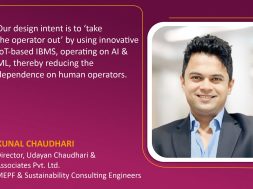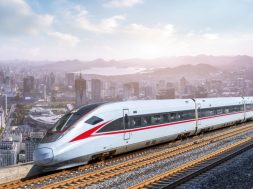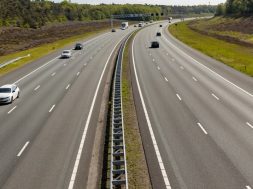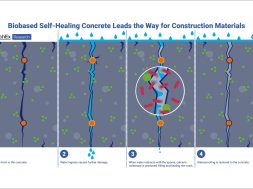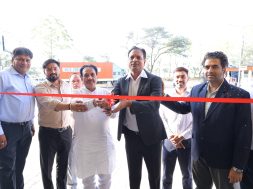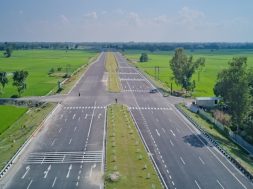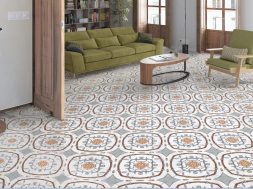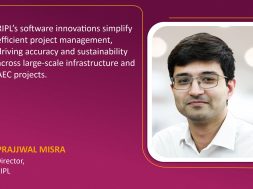AI-powered IBMS eliminates human error in MEP systems
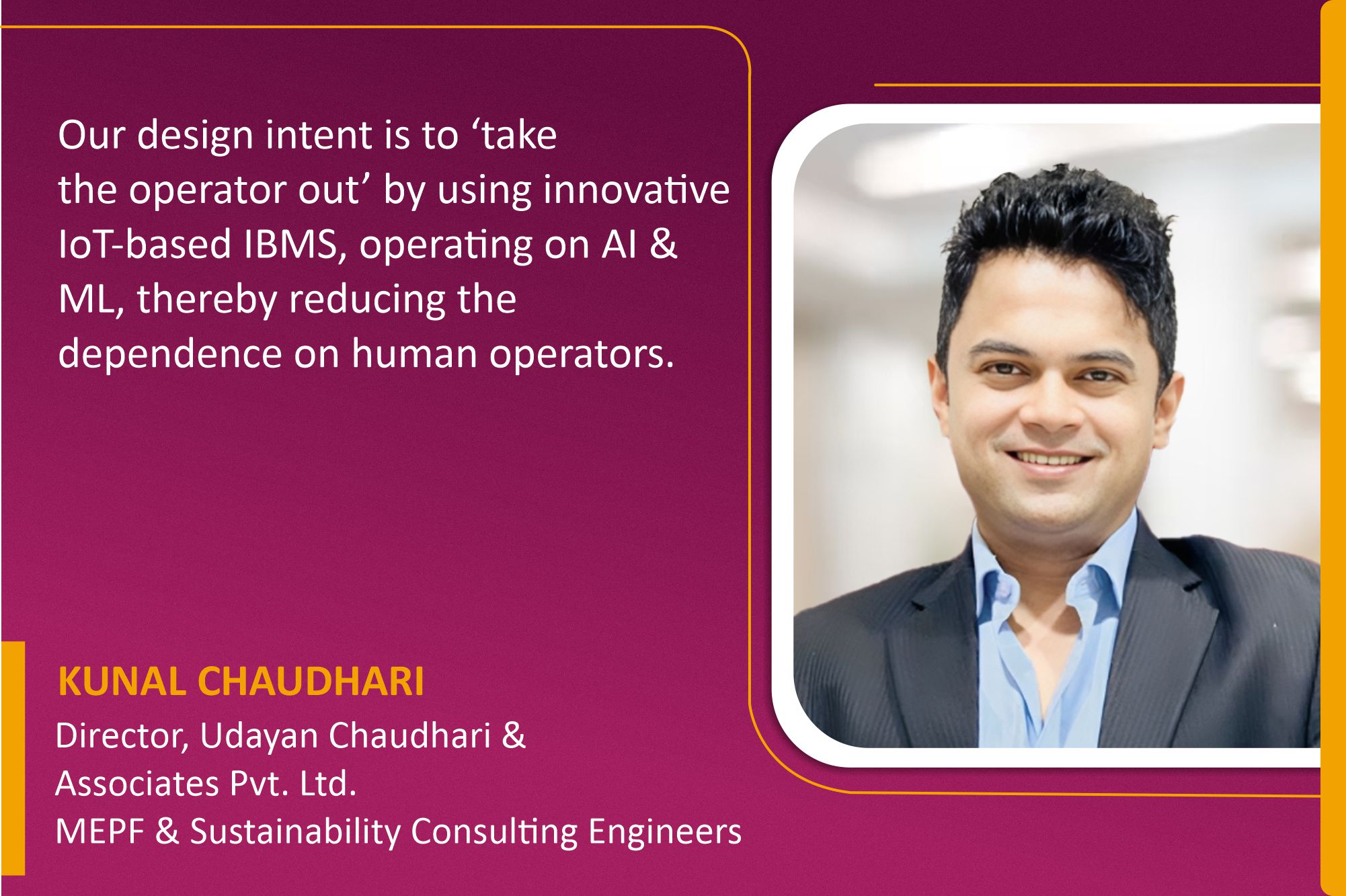
This exclusive interaction highlights the integration of IoT-based Integrated Building Management Systems (IBMS) powered by AI and Machine Learning, which is transforming MEP operations and ensuring smooth, efficient, and reliable systems.
What are your key challenges in maintaining MEP systems in large-scale projects, and how do you address them to ensure system reliability and longevity?
A key challenge is effectively conveying the design philosophy to the contractors and ensuring it cascades to the operations team. We often find that this communication loop degrades even further after project handover. It is crucial for building owners to maintain engagement with their consultants and contractors throughout the building life cycle. This approach maximises the reliability and longevity of MEP systems, ensuring they achieve the intended design outcomes.
Can you share some innovative maintenance practices that have proven effective in enhancing the performance of MEP systems?
IBMS is key to MEP systems’ smooth and efficient functioning in all buildings. In our experience, the automation system operator is often the weak link in the entire value chain. Our design intent is to ‘take the operator out’ by using innovative IoT-based IBMS that operate on AI and ML, thereby reducing the dependence on a human operator.
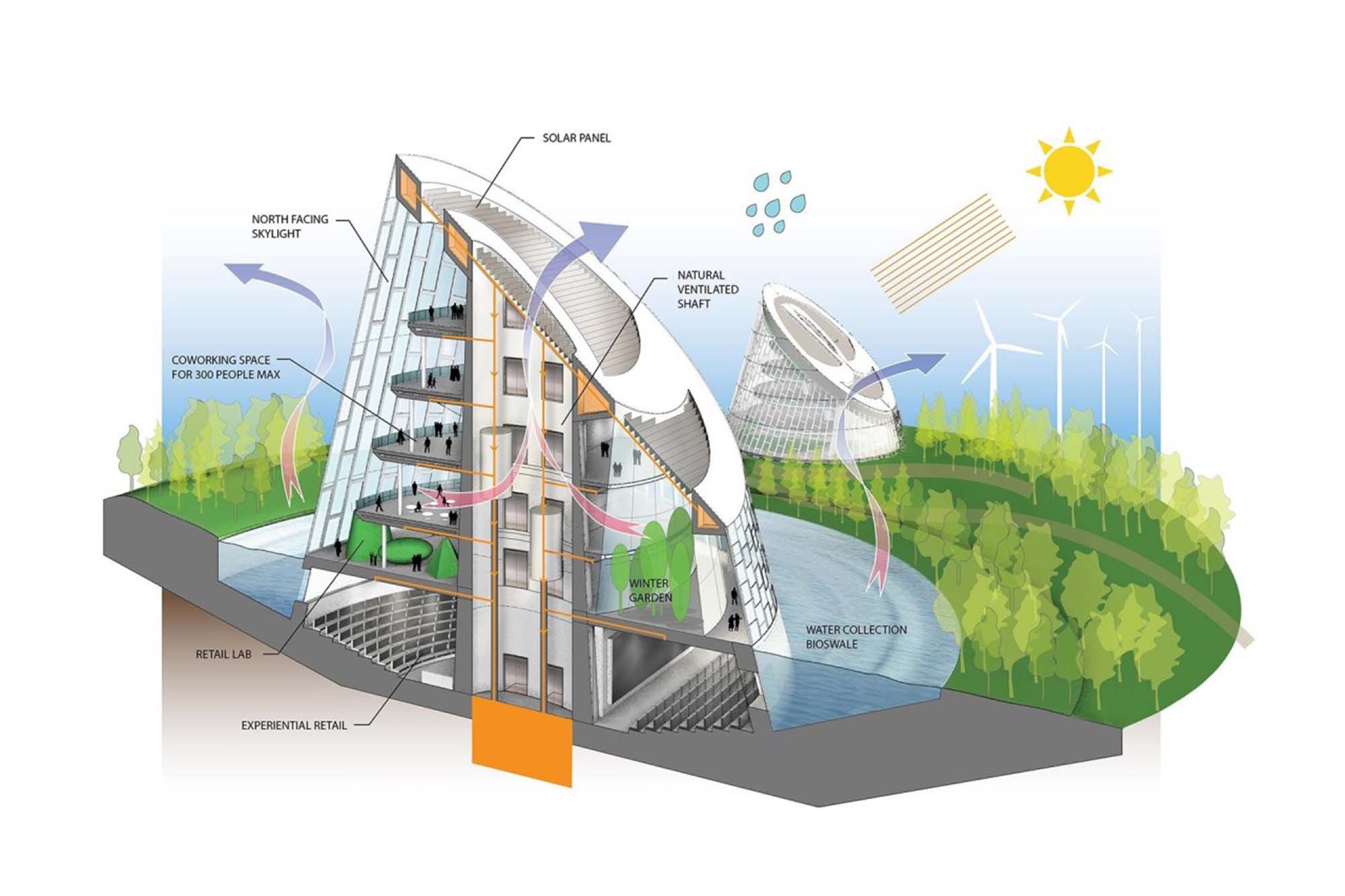
What strategies do you employ to optimise the energy efficiency of MEP systems in your projects?Diversity is an inconsistent but extremely powerful parameter in the sizing of MEP high-side equipment. As projects increase in scale and exhibit more mixed-use characteristics, coordination between building owners, architects, and MEP consultants becomes mission-critical to correctly size the system. The amalgamation of high-side MEP equipment leads to off-peaking of cooling, power, and freshwater demand.
We are building several energy centres with district cooling plants, HT power distribution networks, HT DGs, centralised STP, WTP, and fire pump rooms. With scale, such a strategy leads to a tremendous reduction in CO2 emissions and makes the development much more sustainable. Bennett University, Greater NOIDA, is a shining example of what I am trying to convey.
How do you integrate MEP systems with other building systems to achieve operational efficiency?
IoT platforms allow various building systems to communicate with each other via IBMS through open protocols. There was a clear line of delineation between IBMS and other building technologies in the past, but this line has recently disappeared, with integration becoming the buzzword.
We designed a large global campus for the Bank of New York Mellon in Pune, where the IBMS communicates with many different building technologies, making decisions independently and red-flagging issues where manual intervention is mandatory—raising tickets at the global level.
How do you incorporate sustainability principles into the design and implementation of MEP systems?
Decarbonisation is now a necessity as climate change rapidly approaches critical mass. Without sustainable design and implementation practices in the built environment, we cannot repair the damage already done to Mother Nature.
We are working closely with Total Environment in Bengaluru for their commercial project ‘After the Rain,’ where we recently secured a LEED Gold Rating. For developers, sustainability is about certifications and maximising Opex savings from their MEP systems. LEED-certified buildings must significantly improve the building’s Energy Performance Index (EPI) over the base case, which is an empirical, measurable parameter.
Cookie Consent
We use cookies to personalize your experience. By continuing to visit this website you agree to our Terms & Conditions, Privacy Policy and Cookie Policy.
